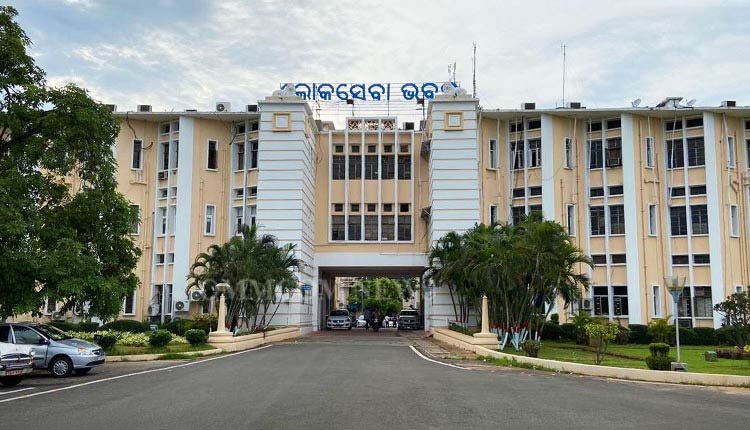Bhubaneswar: The Odisha State Planning Board, once envisioned as a pivotal engine for the state’s development, has been largely defunct for years, prompting widespread questions about its utility and significant expenditure. In a stark revelation, it has come to light that the Board has convened only twice in the last 25 years – in May 2003 and October 2007 – despite the Chief Minister traditionally chairing the body.
Historically, the State Planning Board played a crucial role in shaping the state budget and formulating public welfare schemes. It comprised experts in economics, planning, and other vital fields, whose insights were instrumental in crafting effective state plans. However, over time, the Board’s focus shifted, becoming more of a political rehabilitation center, a trend that has drawn strong criticism.
The practice of granting cabinet or ministerial rank to Vice-Chairman and other full-time Members, often political leaders who have not secured ministerial, MLA, or MP positions, has transformed the Board into what many are now calling a “white elephant breeding institution.” Crores of rupees from the state exchequer are reportedly being spent on these appointees, with little demonstrable benefit to the people of Odisha.
The situation was further highlighted when the post of Vice-Chairman lay vacant before the new BJP government assumed power in Odisha. Following the dissolution of the State Planning Board by the current administration, it has not yet been reconstituted.
However, there is a glimmer of hope for a more functional planning mechanism. Chief Minister Mohan Charan Majhi has indicated that the government is actively consulting experts to restructure the State Planning Board, drawing inspiration from the NITI Aayog model adopted by the Central Government. This move suggests an intent to transition from a largely ceremonial body to a more dynamic and effective planning entity.
Chief Minister Shri Majhi has formulated Vision 2036 and 2047 for Developed Odisha. Now an effective NITI Aayog will be able to plan and give guidance to the State Administration in implementing such a Grand Vision in a time bound manner.
While the State Planning Board is non-existent, District Planning Boards are in limbo. Critics argue that a truly impactful Planning Board system would necessitate realistic plans formulated at the grassroots level, focusing on the development of every village and individual. Only through successful implementation of such plans, they contend, can Odisha achieve comprehensive, all-round development.
The current state of the Planning Board, which is in limbo therefore, underscores an urgent need for substantive reform to ensure accountability and effective utilization of public funds for the state’s progress. Now question is when Odisha Government will constitute NITI Aayog on the lines of Union NITI Aayog? This is a million dollar question raised in the State Administration Corridor.


